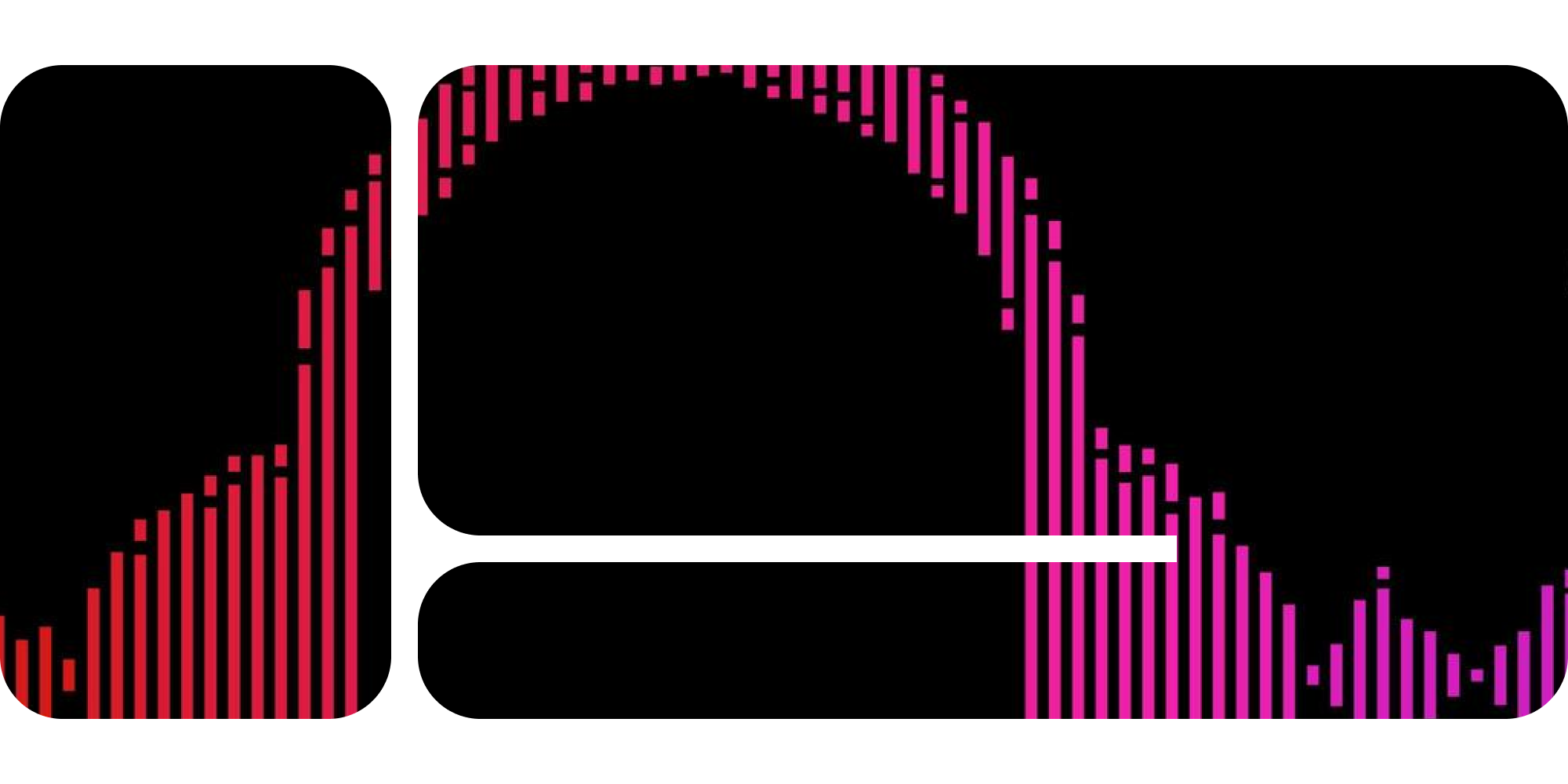Industry Groove – Week 3

Dear music industry disruptors,
It is rare that (supposed?) adversaries agree on anything. In the debate about the future of streaming, we are experiencing one of those rare moments. Both streaming critics (artists, smaller labels), as well as streaming beneficiaries (primarily Universal), are suddenly calling for the same thing – a new streaming model. Even if the similarities may end there, it is more than obvious that change must come. And it will. The strong contribution by MIDiA, which I have placed first here, shows what this could look like and what specific changes could be possible.
What could a new streaming model look like?
- While the independent music community has been demanding a new model for some time, this demand is new to major labels. MIDiA explains this with the declining market share of majors due to the fragmentation of music consumption (more niches and local music) and, of course, the incredible amount of music that is being released.
- According to MIDiA, only 15% of consumers find it difficult to discover new music on DSPs. They are thus contradicting the arguments of the Universal CEO, who is primarily focused on the sheer volume of songs.
- The demand for an artist-centric model by Universal ignores the fact that streaming has also changed the way music is consumed. And that includes chill playlists, whale songs to fall asleep to, or other background music these days.
- In the search for a model, one should not make the mistake of trying to change consumer behavior, but rather take it into account.
- So what could change concretely? As already written elsewhere, there would have to be more different subscription models and the possibility for artists to generate additional income with exclusive content via DSPs.
- I would find the introduction of a payout threshold a very exciting possibility. Only when a song has reached a certain number of streams over a defined period of time will anything be paid out at all.
- Also up for discussion is the following option: there are higher royalty rates for active listening behavior (when searching for a song or listening via one’s liked songs list) compared to passive behavior (listening via the radio function or in mood playlists).
Study shows extent of fake streams
- This study by Centre National de Musique, known for their evaluation of the User-Centric model, fits very well into the discussion about a new streaming model.
- For the study, they used data provided by Spotify, Deezer, and Qobuz, as well as various distributors (including Universal, Sony, Warner, or Believe).
- What came out? At least 1-3% of streams from France are fraudulent streams. In concrete numbers: between one and three billion streams.
- In reality, it is probably much more because this number only refers to streams identified by the DSPs as fraud. And we know that the eagerness of DSPs is limited…
- The monetary damage to the French market amounts to between €4.92 and €14.76 million.
- Assuming that there are also 3% fraudulent streams worldwide (as mentioned, there are probably more, also because France is hardly the epicenter of fake streaming), we are talking about $507 million.
New releases and top 10 hits are continuously losing market share
- The annual report by Luminate is here and gives us insights into global listening behavior, but with a strong focus on the USA.
- According to their calculations, on-demand streams worldwide have grown by 25.6% to 5.3 trillion streams. Of these, 3.4 trillion are audio and 1.9 trillion are video. In the USA, the growth was at least 12.2% (1.3 trillion streams). This means that every fourth stream worldwide comes from the USA, although they make up only about 4% of the world’s population.
- The share of catalog releases (anything older than 18 months) has increased again in the USA. In 2021, they accounted for 69.8%, now it has grown to 72.2%. Five years ago, the value was only at 54.9%. Current music only grew by 0.5% in 2022, while catalog grew by a whopping 12.9%. It is pretty clear where things are headed…
- Another trend that continues is the declining impact of hits. The top 10 most-streamed songs in the USA in 2022 accounted for 4.72 billion streams. In previous years, this figure was always higher (2021: 5.27 / 2020: 5.97 / 2019: 6.22). Even in 2017, when far fewer streams were listened to, it was at 4.91 billion.
- Their market share now only accounts for 0.5%, or about one out of 200 streams was one of these top 10 hits. In 2017, it was one out of 100 streams.
TikTok is driving down online advertising prices
- TikTok is undercutting the prices of advertisements in an effort to lure advertising clients away from Meta, YouTube, or Twitter.
- All of this is happening in an environment of declining advertising spending, which Meta and YouTube are feeling even more acutely.
- 1,000 impressions on TikTok are only half as expensive as on Instagram Reels and one-third less expensive than on Twitter.
- While previously all major advertising clients could be found on Instagram, now more and more are also on TikTok.
- However, TikTok has already had to revise its revenue targets for 2022 downwards. Nevertheless, revenue is expected to grow from $4 billion (2021) to around $12 billion (2022).
- The number of users has also grown significantly, with 1.8 billion monthly active users (600 million of whom are in China) now using the platform. At the end of 2021, there were still only 1.2 billion.
- As MIDiA shows in a post, TikTok is not only putting pressure on its competitors, but also vice versa. In its home market of China, the giant Tencent and its short video service Channels are becoming serious competitors. In particular, they could capture market share from ByteDance in the live streaming shopping sector.
- In the West, as reported last week, YouTube has increased pressure by now sharing advertising revenue from YouTube Shorts with creators from February. TikTok has yet to respond, so it is not unlikely that Shorts will become more important for many creators.
Bonus Reads
- Ted Gioia argues in this post that the music industry (primarily the majors) botched the vinyl revival. In his opinion, with a little courage and foresight, much more would have been possible. While he may be a bit too optimistic, he definitely has a point.
- Austin Staubus argues in this short article that the skip rate on Spotify is vastly overrated. That may be true, but what I found much more interesting here: although the skip rate is one of the four most important metrics, it is not visible to artists and labels in Spotify for Artists. Unless you are with one of the majors or one of the selected distributors (such as The Orchard), which receive this data via API.
- What career stages can artists actually go through? This article lists them very well in my opinion and is a good guide for artists.
- The Weeknd is on track to become the first artist to surpass 100 million monthly listeners on Spotify (currently at 95.71 million). In other words, around one in five Spotify users listened to one of his songs last month.
- I’m sure I’ll be writing about AI a lot this year. Currently more of a toy, this app creates playlists using prompts. While playlist AIs are the first here, as Music.ally rightly notes, streaming services themselves are likely already working on such tools.
- Music legend Nick Cave is not a fan of ChatGPT. Various fans had ChatGPT write “songs in the style of Nick Cave” and Cave is not at all impressed with the results.











